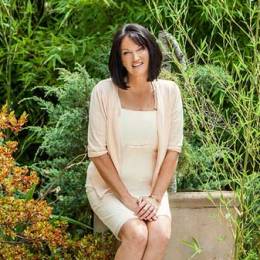Funded by the Medical Research Future Fund, this breakthrough is a revolution in reconstructive care.
Melbourne’s Alfred Hospital has achieved a groundbreaking milestone in burn treatment, successfully using bioengineered skin for the first time to treat an adult patient with severe burns. This milestone highlights the dedicated research, innovation, and collaboration within the burns unit, offering a promising glimpse into the future of personalised medical care. This development is not just a breakthrough in acute burns treatment—it also opens the door to advancements in reconstructive plastic surgery and other fields where skin loss or damage poses significant challenges.
The patient’s recovery highlights the incredible potential of bioengineered skin, crafted to mimic the structure and function of real skin. These synthetic grafts act as a scaffold for the body’s cells to regenerate. Unlike traditional skin grafts, which often rely on donor skin and can lead to scarring or complications, bioengineered skin ensures smoother integration with reduced donor site morbidity.
Implications for reconstructive plastic surgery
Beyond burns treatment, the potential applications of bioengineered skin in reconstructive plastic surgery are transformative. This technology could address the challenges faced in surgeries requiring extensive skin grafts, such as post-trauma reconstructions, cancer excisions, or congenital defect repairs.
By eliminating or reducing the reliance on donor skin, bioengineered grafts could minimise surgical complexities, decrease recovery times, and improve the quality of outcomes for patients. This innovation aligns with the growing demand for techniques that balance functionality with aesthetic excellence.
The technology behind the breakthrough
While the exact technical details of The Alfred’s bioengineered graft design remain proprietary, it is known that the graft is designed to emulate the skin’s epidermal and dermal layers. Advanced cellular engineering allows the scaffold to integrate with the patient’s body, encouraging the regeneration of healthy tissue while minimising rejection risks.
Associate Professor Shiva Akbarzadeh said “We isolate and expand patients’ own skin cells and allow them to form new skin, and from skin cell harvest, it takes approximately four weeks to grow the mature skin ready for grafting.”


According to Associate Professor Akbarzadeh, the trial—led collaboratively by The Alfred and Monash University—brings together the expertise of skin cell biologists and reconstructive plastic surgeons. As the technology matures, it holds the potential to redefine best practices in both emergency and elective reconstructive procedures. Experts are optimistic that ongoing research will lead to enhancements in the durability, scalability, and accessibility of bioengineered skin.
Read our latest issue below:
There are 5 ways you can catch up with SPA+CLINIC
- Our quarterly print magazine, delivered to your door. Subscribe here.
- Our website, which is updated daily with its own completely unique content and breaking news.
- Our weekly newsletter – free to your inbox! Subscribe here.
- Our digital magazine – click here to view previous issues.
- Our social media – see daily updates on our Instagram, Facebook & Linkedin




